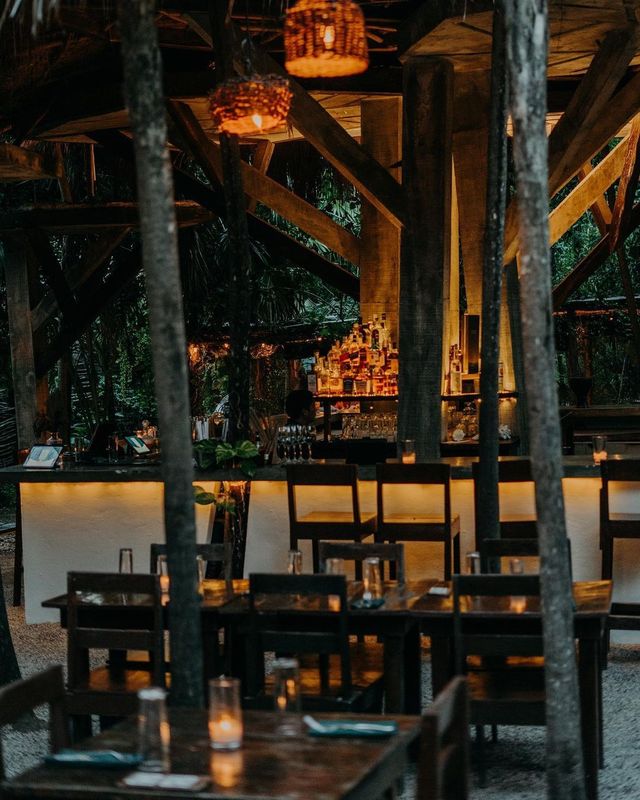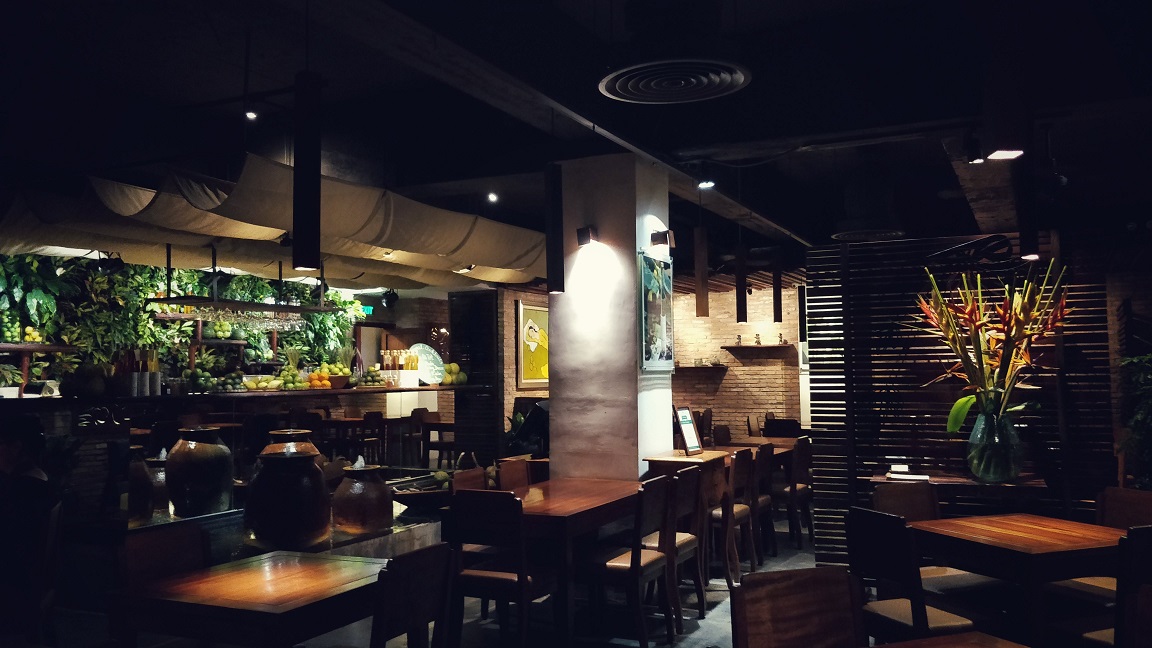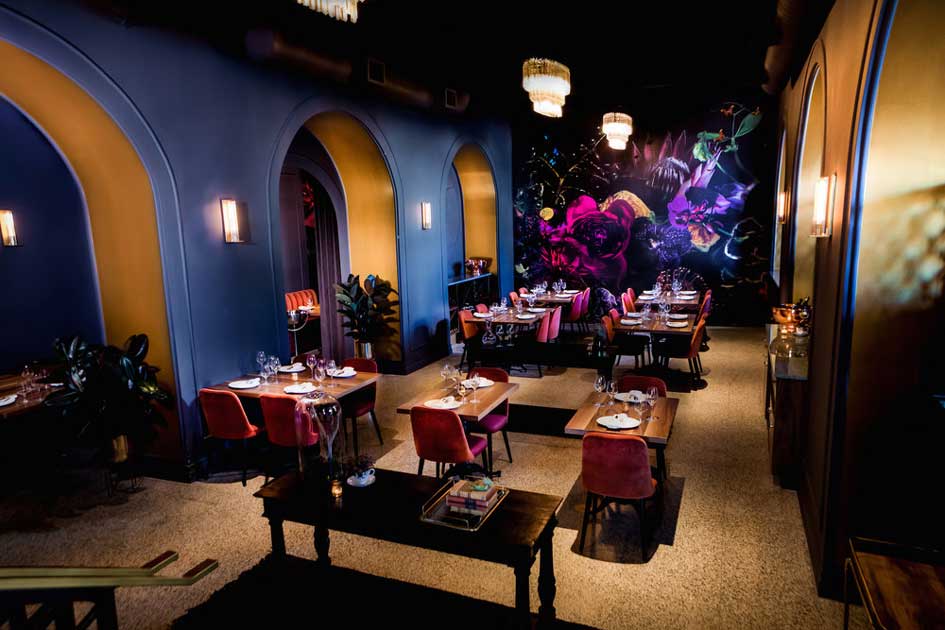Asian Fusion Restaurant: An Unique Dining Experience in the Heart of Islamabad
Asian Fusion Restaurant: An Unique Dining Experience in the Heart of Islamabad
Blog Article
Savor Genuine Eastern Cuisine With a Pan-Asian Spin for a Culinary Journey
Starting a culinary trip through genuine Oriental food, enhanced with a Pan-Asian spin, provides a special chance to explore the abundant tapestry of tastes that define the region's varied culinary traditions. This experience invites you to relish the beautiful balance of preferences-- wonderful, salted, spicy, and sour-- harmonized by fragrant herbs and flavors. Visualize the innovative combination of Thai curry and ramen or the unanticipated joy of sushi burritos. As you ponder these luring recipes, think about the social narratives and historical influences that shape them, each bite offering a tale waiting to be uncovered.

Checking Out Pan-Asian Flavors
In the realm of international gastronomy, Pan-Asian food sticks out for its impressive variety and the unified interplay of tastes from different Oriental cultures. This cooking strategy commemorates the special components and abundant practices located throughout the continent, producing a tapestry of tastes that is both rewarding and intriguing. Key to Pan-Asian cuisine is its ability to stabilize contrasting tastes-- sweet, salty, spicy, and sour-- while highlighting the freshness and high quality of each component.
From the umami-rich soy sauce of Japan to the intense chili peppers of Thailand, Pan-Asian food uses a considerable combination of tastes. These elements are commonly incorporated in inventive ways, improving meals with layers of complexity. For instance, making use of great smelling natural herbs such as lemongrass and cilantro, common in Vietnamese and Thai food, includes a refreshing illumination to meals, while the consolidation of coconut milk supplies a creamy, abundant texture.
The focus on fresh produce and fragrant spices makes sure that each dish is not only a banquet for the palate however additionally for the senses. Pan-Asian cuisine welcomes diners to begin on a culinary trip, checking out the huge and differed landscapes of Oriental gastronomy with every bite.
Combination Meals to Attempt
While Pan-Asian cuisine is celebrated for its conventional tastes, the modern-day culinary landscape is increasingly welcoming fusion recipes that blend these classic aspects with impacts from other areas. This ingenious approach not just honors the rich heritage of Eastern cookeries but additionally presents novel taste experiences that appeal to contemporary tastes buds.
A prime instance of such a blend meal is the Korean-Mexican taco, where seasoned bulgogi beef is covered in a cozy tortilla, topped with kimchi and a hot gochujang-infused salsa. This combination weds the strong, savory flavors of Korea with the vibrant, fresh aspects of Mexican cuisine. Likewise, sushi burritos have acquired appeal, amalgamating the fragile creativity of Japanese sushi with the hearty, hand-held comfort of a burrito, usually featuring blend active ingredients like tempura shrimp and avocado with a drizzle of wasabi mayo.
Another noteworthy recipe is Thai curry ramen, which instills the luscious, aromatic flavors of Thai curry right into the calming broth of standard Japanese ramen, creating a harmonious mix that tantalizes the senses. These fusion dishes prolong past mere novelty; they represent a cooking dialogue in between societies, motivating expedition and development worldwide of Pan-Asian food.
Essential Components and Spices
To genuinely value Pan-Asian cuisine, one should understand the necessary components and spices that develop its foundation. This varied cooking style draws from a rich tapestry of Oriental customs, utilizing an unified mix of flavors and appearances. Trick components consist of soy sauce, fish sauce, and oyster sauce, which present a full-flavored umami depth vital to Asian recipes. Complementary to these are rice vinegar and mirin, lending a fragile acidity and sweet taste.
Fragrant elements are pivotal, with garlic, lemongrass, and ginger being common throughout numerous Pan-Asian recipes. These components offer a great smelling base that boosts the intricacy of tastes. Seasonings such as celebrity anise, cardamom, and cinnamon introduce heat and character, echoing impacts from areas like China and India.

Food Preparation Techniques and Tips
Grasping the art of Pan-Asian food requires knowledge with its unique food preparation techniques, each contributing to the vibrant tapestry of flavors this culinary practice is celebrated for. Central to these methods is the stir-fry, a fast cooking strategy that preserves the dietary stability and vibrant shades of active ingredients. Utilizing a frying pan, the stir-fry technique permits even heat distribution, necessary for accomplishing the characteristic structure and flavor balance of Pan-Asian dishes.
An additional essential strategy is steaming, especially common in Chinese food. This mild method maintains the natural flavors and nutrients of components, making it optimal for seafood and vegetables. Dumplings, a cherished staple, frequently profit from steaming, leading to soft, delicious appearances.
Cooking, likewise indispensable, passes on smoky depths to recipes such as Korean bulgogi or Japanese yakitori (asian fusion restaurant). This strategy typically entails seasoning ingredients, allowing flavors to penetrate deeply before cooking over an open flame or hot plate
Last but not least, grasping the art of stabilizing flavors-- pleasant, sour, salted, bitter, and umami-- is essential. Properly layering these components can boost a meal from regular to extraordinary, providing a complex and satisfying culinary experience that embodies the significance of Pan-Asian cuisine.
Dining Experiences Worldwide
Around the world, Pan-Asian cuisine offers an unrivaled eating experience, celebrated for its rich tapestry of flavors and dynamic discussions. This culinary sensation has gone beyond cultural borders, capturing the hearts and tastes buds of their website food lovers worldwide. In multicultural cities fresh York, London, and Sydney, Pan-Asian dining establishments act as melting pots where cooking customs from Thailand, Japan, China, and past converge, offering diners with a diverse mix of dishes that highlight the area's variety.
The international allure of Pan-Asian cuisine exists in its ability to use both authenticity and advancement. Cooks masterfully wed traditional active ingredients such as lemongrass, soy sauce, and miso with contemporary strategies, resulting in recipes that are both acquainted and refreshingly brand-new. This combination enables restaurants to begin on a cooking journey that appreciates heritage while accepting modernity.
Additionally, eating experiences are raised with thoughtfully developed atmospheres that show the values of Pan-Asian visual appeals. From minimal Japanese-inspired interiors to dynamic Thai-themed areas, each dining establishment supplies an unique atmosphere that matches the culinary offerings. As an outcome, clients are not just consuming a dish however partaking in a cultural experience, making Pan-Asian eating a really worldwide sensation.
Conclusion
The expedition of Pan-Asian cuisine uses a profound understanding of the elaborate interplay of flavors and culinary traditions throughout Asia. By welcoming dig this combination meals such as Thai curry ramen and sushi burritos, the culinary journey not only highlights the versatility of standard ingredients yet likewise showcases innovative modern strategies. This gastronomic experience, enhanced by important spices and cooking techniques, supplies an unique opportunity to appreciate the social diversity and culinary creativity that define Pan-Asian cuisine on a worldwide range.
Embarking on a cooking journey with authentic Oriental food, improved with a Pan-Asian spin, provides an unique opportunity to discover the abundant tapestry of tastes that specify the area's varied culinary traditions.In the realm of global gastronomy, Pan-Asian food stands out for its remarkable diversity and the unified interplay of tastes from different Eastern cultures. Trick to Pan-Asian cuisine is its capacity to balance different tastes-- wonderful, salted, spicy, and sour-- while highlighting the quality and quality of each active ingredient.

Report this page